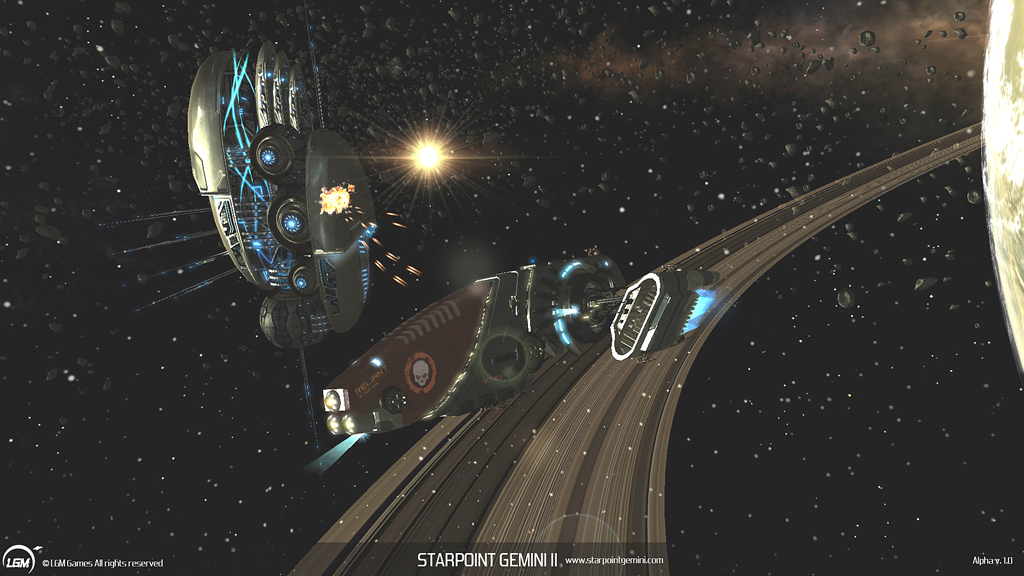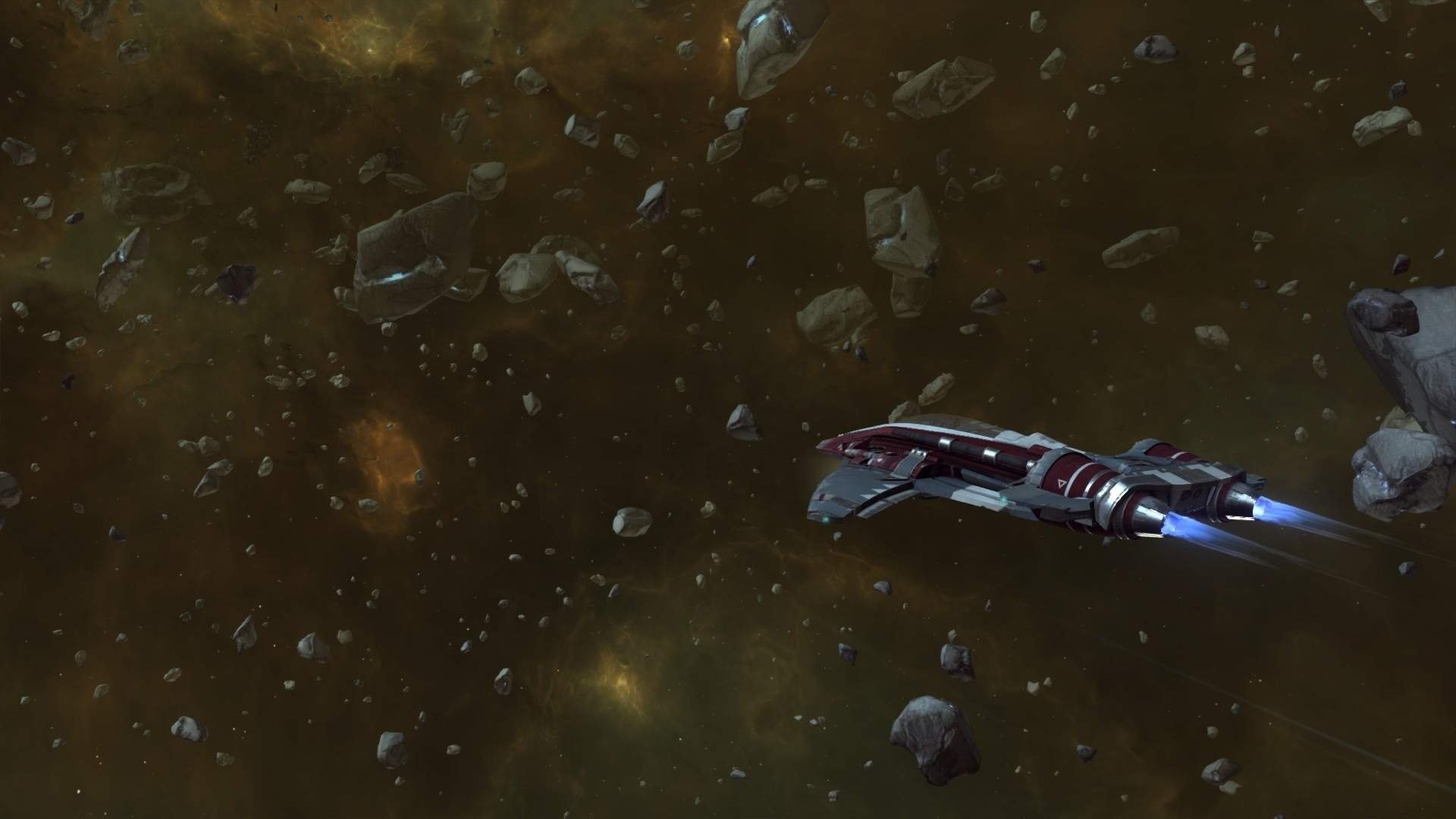

True to the space-sim genre, the title has a fairly steep learning curve in the early game. You have skills and powerups based on your class, giving you tactical advantages for say, commanding fleets and using boarding parties, rather than just blasting your way in and out of any given situation. Rather than relying on pure skill and fly-by-the-seat-of-your-pants speed, the game plays out a little more like an action RPG. This is actually one of the things the game really has going for it. This perhaps takes a bit of the “sim” out of the game from the perspective of flying the ship, but adds a lot in terms of commanding one.

You are made to feel more like a ship captain than a pilot. You won’t be doing a lot of dog fighting and navigating, rather you will be angling your ship for better weapon and shield coverage while giving commands for boarding procedures and defense protocols. Yet, amid the nearly staggering depth and complexity, there is an apparent simplicity to the control scheme. You will encounter many anomalies, wrecks, asteroid belts, wormholes, ruins and countless hostiles trying to drill you a new asshole - and that’s just while flying from A to B. One of the first things you’ll notice about Starpoint Gemini 2 is its unabashed density. Since the closest to completion at this point (yet still quite aways off) is Elite: Dangerous, but has a rather steep point of entry to the beta, your best bet for spacey goodness in a released package at a relatively inexpensive price is Starpoint Gemini 2.Įxpecting a vast, open void of quiet trade routes and peaceful sailing? This is not that game. Having left a considerable gap in the market for the hardcore space-sim crowd, we’ve seen the rise of titles like Star Citizen, Elite: Dangerous among a few botched attempts like Transverse. Starpoint Gemini 2 is the first real *complete* space title to come along since the abysmal launch of X: Rebirth. Because no space-related article is complete without a Douglas Adams quote.


 0 kommentar(er)
0 kommentar(er)
